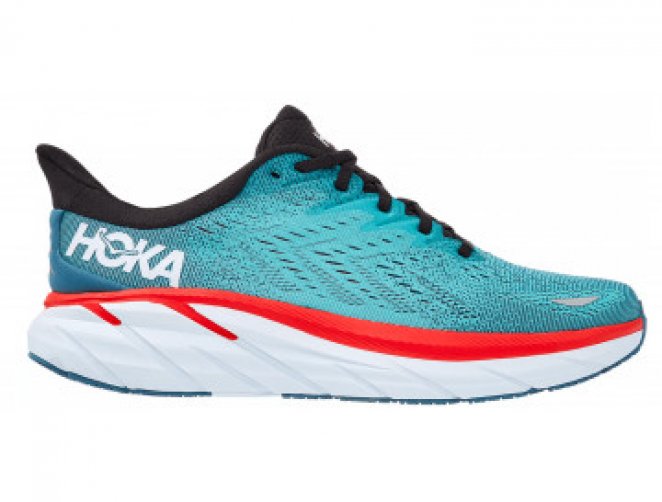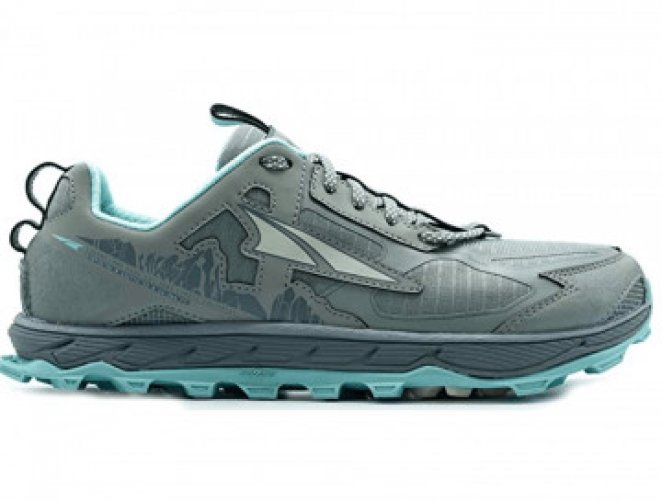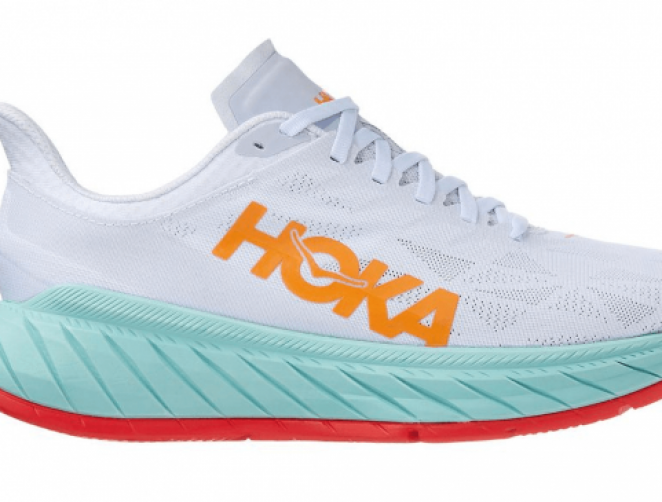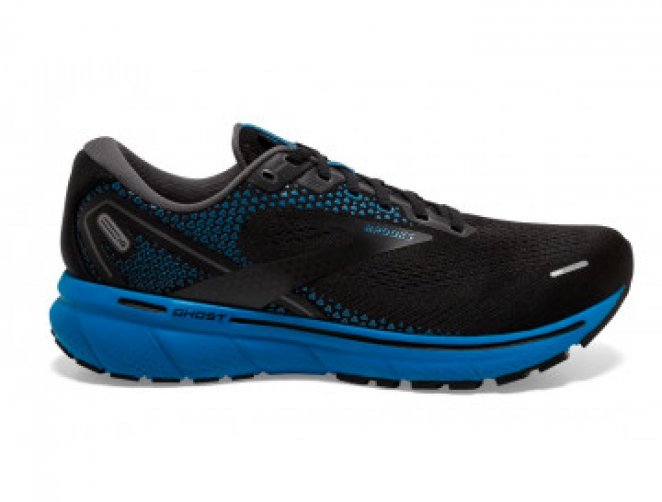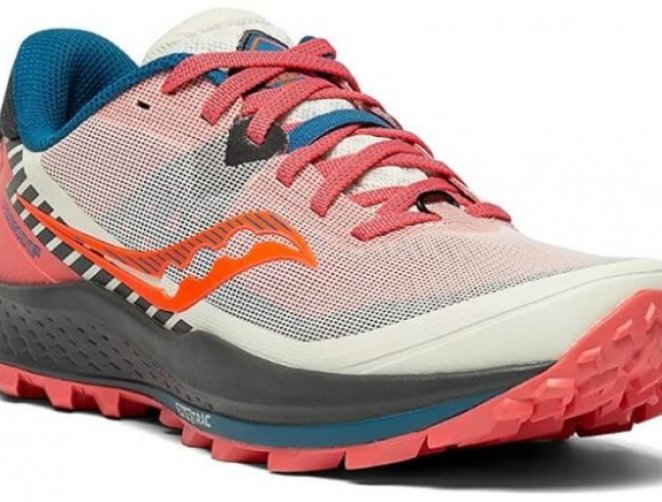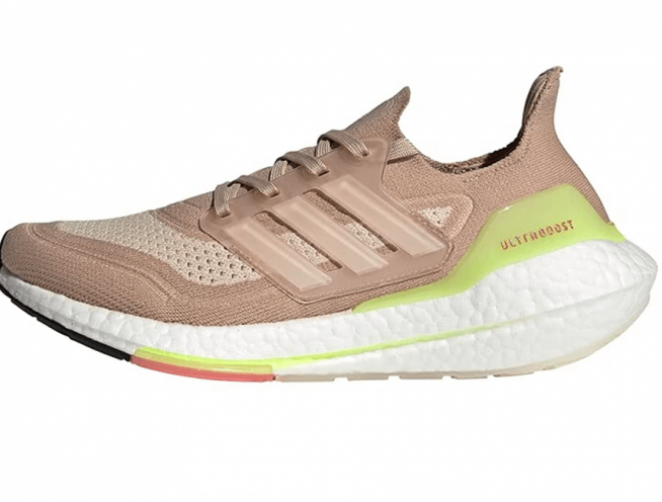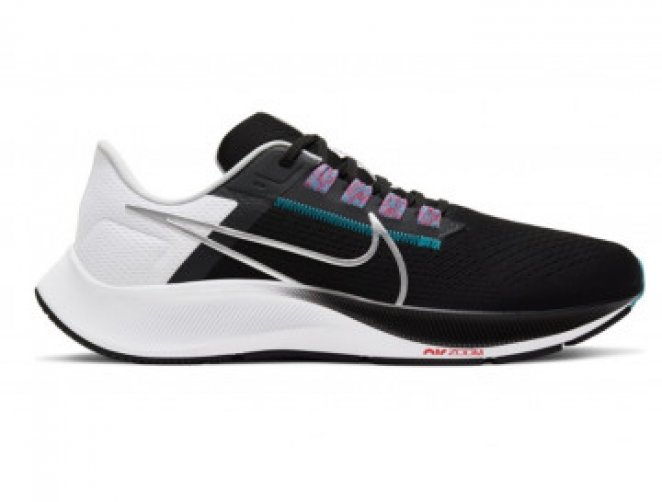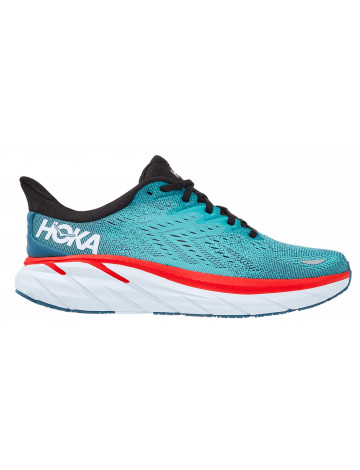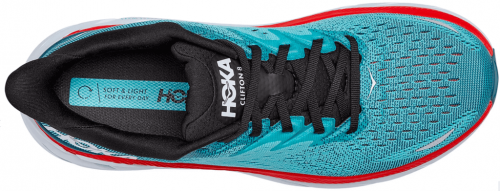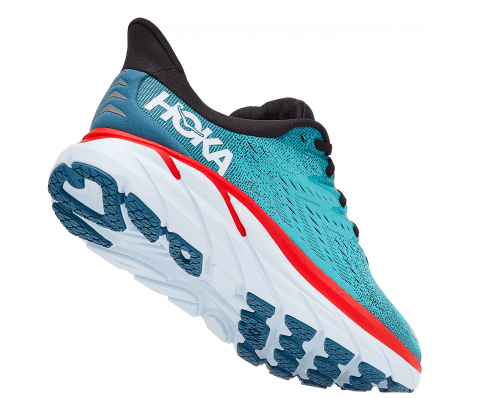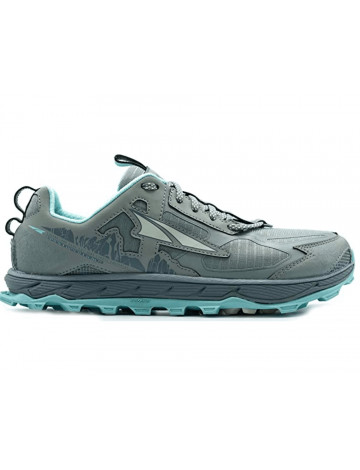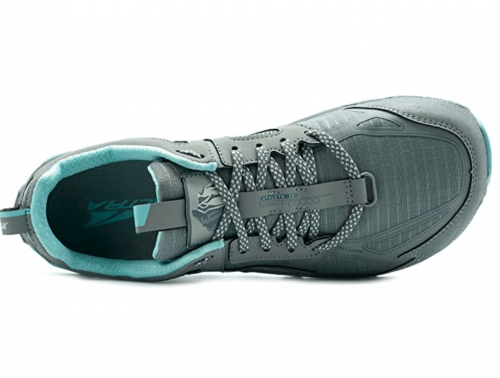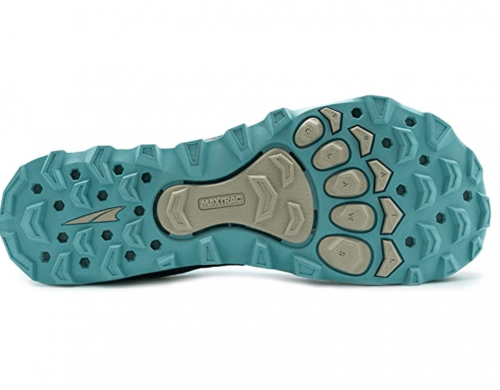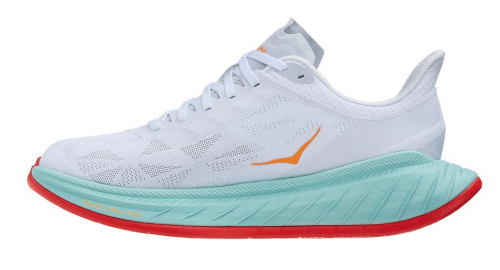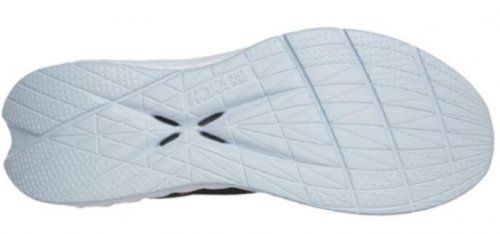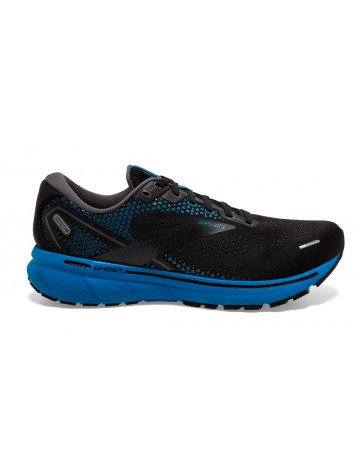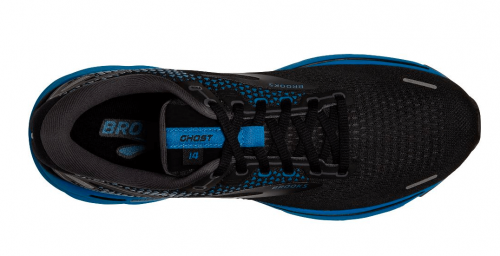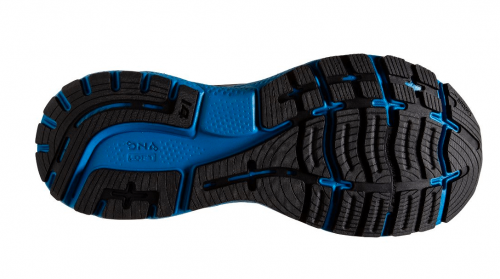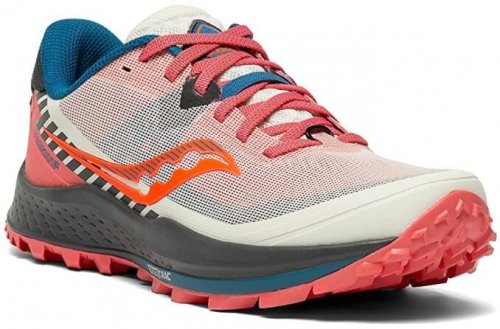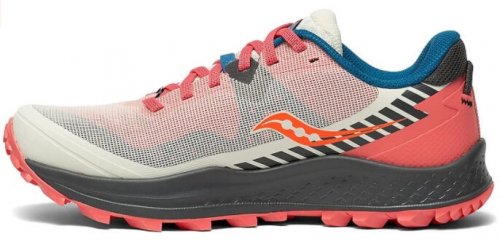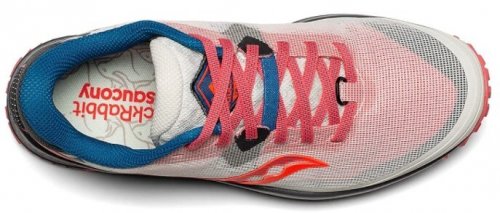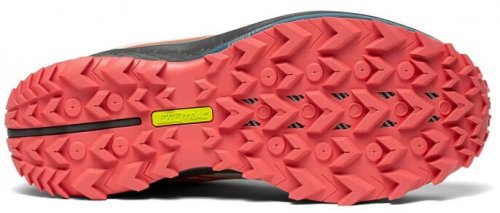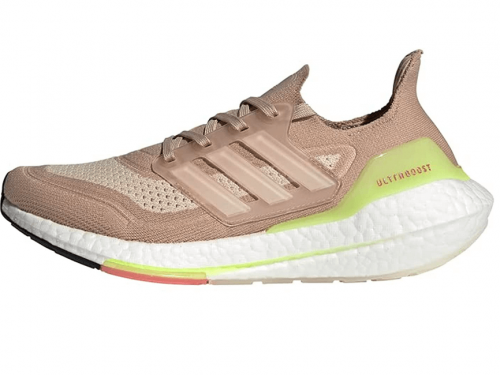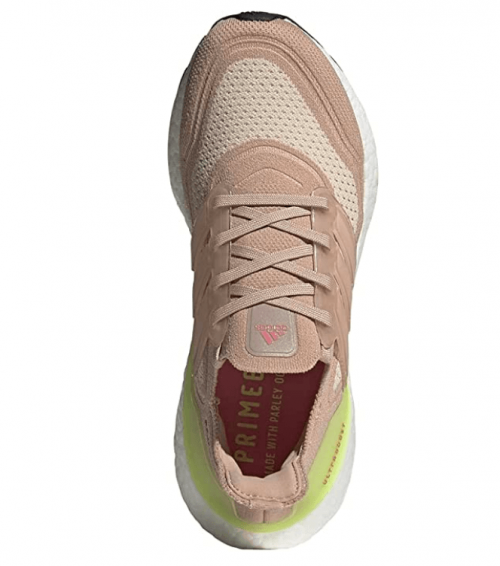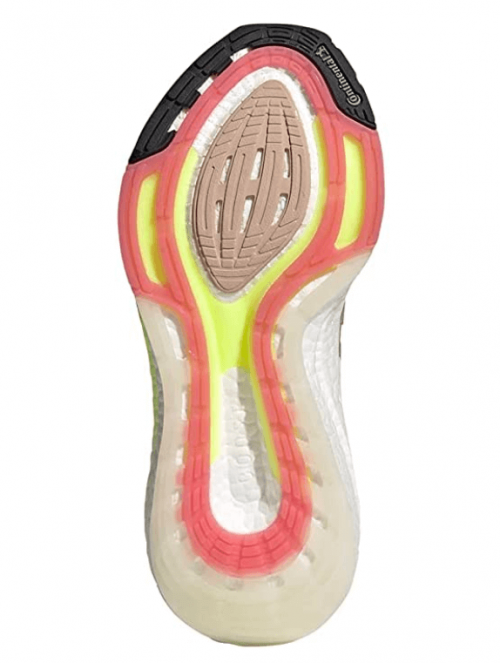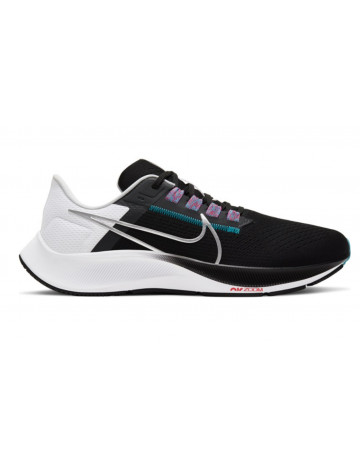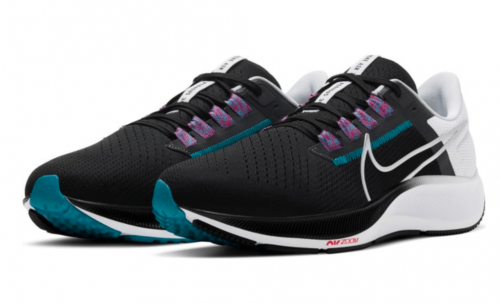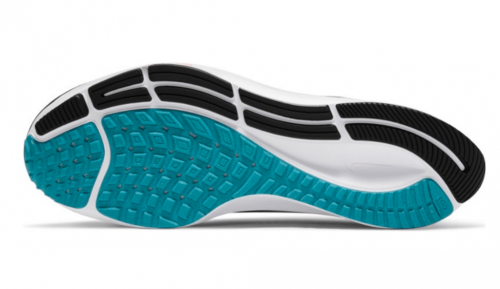Best Running Shoes of 2024
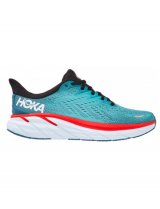
We’re constantly testing new (and not so new) shoes to provide an honest look at what is out there, and what outperforms the others when it comes to what matters most in a great pair of running shoes.
From the weight, material, insole, outsole, tread, flexibility, durability, the style of running, or even the type of surface you prefer to run on. We’ve taken the time to assess it all within our reviews so you can be confident in your purchase.
But don’t just take our word for it. Test a new model, or brand, for yourself and give us your candid feedback on what the top-rated running shoe should be. We update this list often, so come back and see if your top running shoe pick will emerge a winner.
Standout Picks
Criteria Used for Evaluation
Support
Without the right support, you won't be able to run in your shoes comfortably!
How do you typically run? Maybe you’re more of a jogger. Maybe you go for a distance. Or, maybe you like to go full out, focusing on speed and endurance. Whatever your style, the shoe has to fit the purpose. By fit, we mean the ability to provide adequate support for the run. Without it, you could suffer from patellar tendonitis.
Our easy-to-followrunning shoe fit guide should help you navigate your running shoe selection.
For the runners who like to go and go, aiming for longer distances, then lasting support and adequate cushioning will be at the top of the list of requirements. You’ll also want a pair that will stay together throughout all of the miles you will be putting on them. Long-lasting durability will be an important factor there. You can go for long-distance shoes.
If you go for speed, then look for lightweight running sneakers. You will probably want something with as little mass as possible. A shoe that is able to provide exceptional response and just enough cushion to support your run, are some ideal factors to look for. What if you usually take light, but longer jogs?
Footwear such as trainers would most likely be a good fit for that role. Look for a shoe that provides ample cushioning and good stability, all in a package that is lightweight and breathable. Check out some additional factors to look out for below!
What is your arch type?
Not all runners have the same type of foot--and the biggest difference often lies in our arch type. If you have neutral arches, you won't need a lot of added support and can opt for neutral running shoes. On the other hand, if you have high arches you will need shoes that have additional cushioning to fit your needs. And, if you have low arches, you will definitely need to look for shoes that address your support and pronation needs.
Read also about best neutral running shoes.
Do you have any pronation issues to address?
If you know you are an overpronator or an underpronator, then you need to make sure to look for shoes that will help correct the issue when you run in them. If you aren't sure there are two easy ways to test it out:
1. Check and see if there are wear patterns on the soles of your shoes for running. If you over or under pronate you will notice excessive wear on certain parts of the shoe.
2. Conduct the Wet Feet test. This is done by wetting the bottom of your feet and walking on cardboard. Once you do this examine and compare your footprint to see if you have any pronation issues.
Stability
Make sure the running shoes you get will address your stability needs.
Who wants to go for a long run in an uncomfortable pair of shoes? Nobody that I know is jumping with joy at the chance to do that! Comfort is obviously a huge factor when shopping around for any type of footwear. They have to feel as on your feet after a run as they did before it. Sounds pretty straight forward, but we had to take into consideration that all feet are different.
What works well for one person, may not be so great for another. In our list, we included some options that provide the fit and support needed for issues such as pronation, wide feet, flat feet, and plantar fasciitis. Those who over or under pronate will typically need appropriately directed support to correct the foot’s position inside the footwear.
Whereas those with plantar fasciitis will need that support plus adequate cushioning to allow a less painful running experience. Runners with flat feet will need the necessary mid support to keep the center of their foot from dropping. And, those who have higher arches will need the much-needed support in the center to eliminate the weight stress that would be put on the arch if left unsupported.
The fit of the upper to the shock absorption and cushioning of the midsole all play a huge part in the overall comfort of certain shoes for running. We researched specs product information and a lot of customer feedback pertaining to different brands and their models, narrowing our list down to ten shoes of 2020 out there on the market now.
Breathability
Breathability is key, especially if you like you run during the hot summer months!
No matter where you run or what the weather is like, you usually want your footwear to breathe. Well ventilated shoes are more comfortable for longer amounts of time, but can also prevent issues related to moisture and bacteria. We looked for models which had uppers constructed with lightweight materials such as mesh or even knitted fabric.
The idea is to have as much airflow coming and going, while also maintaining the structure and upper integrity of the shoe. Most brands have their own name for their breathable upper designs. For example, Nike uses their Flyknit material, which almost looks like that in a sweater, but with lightweight man-made materials that are suitable for a running shoe.
Breathable running sneakers will allow air to move through and escape the shoe, which helps control moisture buildup. Whether you are running in colder climates or under the sweltering sun, breathability is a huge deal. it not only affects your performance, but proper airflow and ventilation can also help cut down on issues like the build-up of bacteria as well as other smelly and problematic issues caused by lingering moisture.
Flexibility
Running shoes need to be flexible enough to allow for our natural stride, so take a close look.
When we took a look at the overall flexibility of the shoes we evaluated. there were several factors we took into consideration. Before going over them, it is important to note that you need to make sure to consider your own specific needs when you do your own research. Make sure to consider the type of flexibility you need, not just we rate as the absolute best.
Do the shoes allow for your natural stride?
The appropriate amount of flexibility means that the feet can function as naturally as possible, even while inside the shoes. A pair that are stiff and don’t give way for the natural movement of the feet will, first off, be very uncomfortable after only a short while. Second, the chance of foot fatigue will occur a whole lot sooner, as your feet will be fighting against the resistance to move more freely. And third, without that ability of more naturally functioning feet, your performance and speed will be hampered quite a bit.
Can a pair of running sneakers be too flexible?
On the other hand, too flexible isn’t always the most appropriate choice either. A sole that is extremely flimsy, with almost zero resistance, will probably be a good sign that the shoe also doesn’t offer much in the way of needed support.
Do the shoes have a break in period?
This is important because there are shoes for running that have a little bit of a break in period when it comes to overall comfort and flexibility. This is because sometimes we have to get into the shoes and moving in them to get them used to our feet and the range of motion we need. Having a break in period is not a bad thing, it just means you have to use them a few times before you get used to them.
Top Running Shoes
1. Hoka One One Clifton 8
Hoka is well known for its higher profile design and cushioning that some runners want and need. If you want a pair of shoes that offers maximum cushioning and support without sacrificing flexibility and weighing you down, then you need to check these out closely.
Read moreThe Clifton 8 features a midsole made of EVA foam which effectively absorbs shock. They are a good option for rougher surfaces and also have a padded tongue and collar.
As far as stability, these shoes feature a well-cushioned midsole that will help stabilize your feet when you run in them. Their ortholite sockliner also provides a lot of support to your arch to ensure your feet stay secure and stable. If you're worried about sweaty feet, one of the best features of the Ciftons is how breathable they are. They are great for hotter climates.
2. Altra Lone Peak 5
If your training takes you off of the sidewalks and onto the trails, you want to check out the Lone Peak 5 from Altra.
Read moreNot only does this design help you retain your traction on rocky trails, but it also is built with features that support your gait and help you pick up speed. The outsole is equipped with MaxTrac rubber that grips slick surfaces so you can pick up the pace with confidence.
What we also like about Lone Peak 5 is that it has a skeletal frame to mirror the shape of your foot. A wider toe box means more natural foot movement, helping with balance on uneven surfaces and rocky terrain. If you're searching for a lightweight and seriously solid pair of trail runners, we highly recommend Altra's Lone Peak.
3. Hoka One One Carbon X 2
Hoka's Carbon X 2 are a little deceiving at first glance. While they may look boxy and heavy, they're actually super lightweight, and really hold true to what you might expect from Hoka.
Read moreThe most notable feature of this design that users simply love is the addition of the carbon fiber plate. This plate is found in the midsole and helps to keep your feet on the right track. They're super lightweight and help a lot with overpronation and stability throughout the entire execution of your gait. While they look higher, the Carbon X2 actually only has a 5 mm drop. This helps to fells more connected to the ground.
If you are in the market for something that is versatile that you can take on long runs or just for a lightning-fast trip around the block, this is a great design.
4. Brooks Ghost 14
The Brooks Ghost 14 took all of the significant components of previous versions and made them sleeker, a bit lower profile, and lighter weight.
Read moreThe heel cuff offers a moderate cushion without rubbing blisters into the back of your heels. The mesh knit upper contours to the shape of your foot, and minimal seam lines reduce the risk of hotspots for a cool and easy fit. The midsole of this design boasts both BioMoGo DNA and DNA LOFT technology for a super comfortable ride. The molding of this midsole helps to cradle your foot to help keep your gait even as well as correct overpronation.
The Ghost 14 sits somewhere in between a stability shoe and a lightweight minimalist pair of trainers. It may cost a little bit more than most, but we think they're worth it for what you get.
5. Saucony Peregrine 11
If you need a trail shoe with excellent traction and without the bulk, the Saucony's Peregrine 11 is one worth checking out.
Read moreWhat makes the Peregrine 11 stand out from the pack is its well-designed outsole, composed of PWRTRAC tacky rubber that sticks to surfaces. They're excellent for rocky trails. They grip the ground like a hiking boot, without the weight and bulk.
Secure lockdown is a common issue on the rail, so to solve that, Saucony made some changes to the Peregrine 11. The laces are designed to secure your foot as you run. It makes a big difference on varying surfaces. These are definitely worth a serious look.
6. Adidas Ultraboost 21
Adidas' Ultraboost has gone through quite a few changes over the years. The Ultraboost 21 is a sleeker design with more focus on long-distance performance.
Read moreThe knit mesh upper is super lightweight and breathable. There isn't a lot of stiff structure that will restrict natural movement. While the shoe is very lightweight, there is a lot of cushioning found in the midsole, providing excellent support on hard surfaces.
The Torsion Spring in the heel is also designed to help control your gait and pick up speed when needed. Users love that it is lightweight and flexible while still offering excellent midsole support to protect your knees and joints for long distances.
7. Nike Air Pegasus 38
If you've been around, you also know that Nike's Pegasus has too. Now on version 38, this shoe has seen many variations over the years.
Read moreIf you are a neutral runner, then these road shoes for running are perfect for you. They feature FlyKnit cables, which allows these shoes to provide you with a secure and adjustable fit every time. They also feature a heel collar, which allows for additional support in your ankle. With that said, if you need any extra stability for specific pronation issues, you won't find it here.
In terms of flexibility, the Pegasus 38 allows for a full range of motion thanks to its flexible midsole. The breathable upper is also constructed of supple materials. Since the newest model got rid of an eyelet row, you will find these are even more flexible than the previous model. If you're a Nike fan, these are a staple.


